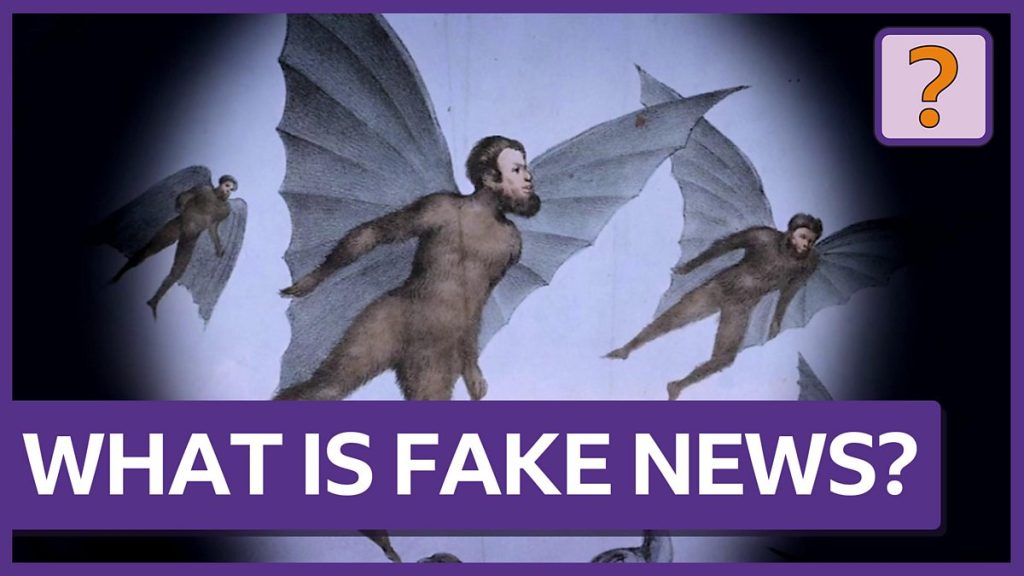Listen to the article
Print Revolution: How Fake News Shaped 18th Century Politics
The roots of modern misinformation campaigns stretch back centuries, with a particularly notable example emerging in 18th century Britain during a period of political instability. Long before social media algorithms and digital news cycles, the revolutionary printing press technology served as the catalyst for rapidly spreading both factual reporting and deliberate misinformation.
The Gutenberg printing press, first developed in the 15th century, represented a transformative communication breakthrough. This technology dramatically accelerated the production of books and documents compared to traditional handwritten methods, creating an early version of mass media that could reach unprecedented audiences across Europe.
By the mid-1700s, this printing capability was weaponized during a rebellion against King George II of Great Britain and Ireland. The monarch, facing significant political challenges, relied heavily on projecting strength and stability to maintain control and suppress the uprising. His public image was crucial to political survival.
Seizing this vulnerability, rebel sympathizers circulated fabricated stories claiming the King was suffering from serious illness. These false reports weren’t merely rumors whispered in taverns – they were printed and distributed as seemingly credible news. The strategy targeted the very foundation of the King’s authority by suggesting weakness at a moment when strength was essential.
What made this 18th century disinformation campaign particularly effective was the network effect of period publishers. Once the initial false stories entered circulation, other printers—many unaware of the deception—republished them, inadvertently amplifying the falsehoods and granting them additional credibility with each reproduction.
Political historians note that while this particular rebellion ultimately failed, the incident demonstrated the emerging power of coordinated misinformation in shaping public perception. The campaign against George II established a template for political sabotage that would evolve across centuries.
The parallels to contemporary misinformation dynamics are striking. Today’s digital landscape, while vastly more sophisticated, operates on remarkably similar principles. A fabricated story, once published, can gain momentum as it’s shared by individuals and organizations who believe it to be accurate. The involvement of influencers or established media outlets with substantial followings can rapidly accelerate the spread of false information.
Media literacy experts point out that the fundamental challenge remains consistent across eras: verification processes fail to keep pace with transmission speed. In both the 18th century printing houses and today’s social media platforms, the imperative to publish quickly often outweighs thorough fact-checking.
The George II episode represents an early example of what we now recognize as a targeted disinformation campaign, designed specifically to undermine political stability by manipulating public opinion. As printing technology democratized information access, it simultaneously created new vulnerabilities in the information ecosystem.
This historical precedent illuminates how technological advancements in communication have consistently been dual-edged. While the printing press dramatically expanded access to knowledge and enabled more widespread political participation, it simultaneously created opportunities for manipulation that persist in our digital age.
The evolution from 18th century pamphlets to today’s viral social media posts reflects not just technological change but a continuing struggle with the fundamental challenges of information verification and the power of perceived credibility. The core mechanisms of misinformation—strategic creation, amplification through trusted channels, and exploitation of existing tensions—remain remarkably consistent across centuries.
As contemporary societies grapple with digital misinformation, this historical perspective offers a sobering reminder that fake news is not simply a product of modern technology but a persistent feature of human communication that adapts to each era’s dominant media forms.
Verify This Yourself
Use these professional tools to fact-check and investigate claims independently
Reverse Image Search
Check if this image has been used elsewhere or in different contexts
Ask Our AI About This Claim
Get instant answers with web-powered AI analysis
Related Fact-Checks
See what other fact-checkers have said about similar claims
Want More Verification Tools?
Access our full suite of professional disinformation monitoring and investigation tools




8 Comments
This historical perspective on the origins of fake news is really enlightening. It’s a good reminder that the spread of misinformation is not unique to our digital age – people have been exploiting new communication technologies for political gain for centuries. Maintaining vigilance and fact-checking is timeless advice.
Interesting how political factions in 18th century Britain weaponized the printing press to undermine the monarch’s public image. Even back then, controlling the narrative was crucial for political survival. It’s a sobering precedent for how misinformation can be used to erode trust in institutions and authority figures.
You make a good point. The printing press may have been an early precursor to today’s social media echo chambers, where people can easily find and spread information that confirms their existing biases.
Fascinating how the printing press was weaponized against the British monarchy in the 18th century. This underscores the need for media literacy and the ability to distinguish truth from fiction, regardless of the technological medium involved. Combating misinformation is an ongoing challenge throughout history.
Well said. Developing critical thinking skills and a healthy skepticism towards unverified claims is crucial, both then and now. The battle against misinformation is an age-old struggle.
The parallels between 18th century fake news and modern digital misinformation campaigns are quite striking. It just goes to show that the human tendency to spread falsehoods for political or personal gain is not unique to our digital age. We must remain cautious and fact-check claims, no matter the era.
This article highlights an important lesson – misinformation and fake news are not new phenomena, they’ve been around for centuries. We need to stay vigilant and cultivate critical thinking skills to avoid being misled, no matter the technology involved.
The evolution of misinformation and fake news is a fascinating topic. It’s amazing to see how the printing press enabled the rapid spread of deliberate falsehoods even centuries ago, long before social media. This historical perspective is a good reminder that we need to be vigilant in separating fact from fiction, no matter the medium.